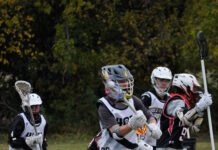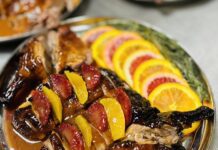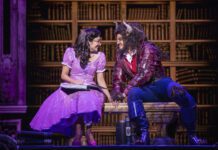The Changing Tides of Oklahoma Football
The University of Oklahoma football team, a member of the Big 12 Conference since 1996, made the move to the Southeastern Conference (SEC) in 2024. That shift had “an extremely positive impact on our football program and our fan base,” says associate athletics director Mike Houck. “When you’re a part of the best conference in the country, everything truly does mean more. We see it from our coaching staff and our players with the way they attack each day and the investment they’re making to be the best. And, like we knew they would, our fans have reacted very positively.”
Houck says there was “an even more electric pre-game atmosphere outside the stadium last season and an unmistakable energy inside it. There’s nothing like fall Saturdays in Norman, and they’re only going to get better.”
The OU-Texas football series became more exciting, too, Houck mentions, “when both schools joined the SEC last summer. More and more people across the country, especially in SEC territory, are being exposed to the great showcase that is the Red River Rivalry.”
However, not playing Oklahoma State University in football last year “was very different,” Houck says. “But we’re looking forward to renewing the Bedlam series as soon as we can. It’s meant so much to our state and is a rivalry that’s treated OU well. We’re also excited about generating new intra-conference rivalries.”
Gavin Lang, associate athletic director for communications at OSU, says the past 20 or so years “represent the best run of prolonged success in the history of Oklahoma State football. We’re proud of how far our program has come and how it has established itself as a regular contender on the Big 12 and national levels.”
Lang says that OU’s move to the SEC hasn’t affected the way they run their program, and that recruiting “isn’t tethered to anything that happens at other schools. We have fantastic selling points to share that are very uniquely OSU and set us apart in the recruiting space.”
Looking ahead, Lang says part of what excites leadership about the coming football season “is the quality of depth on the roster. Oklahoma State has become accustomed to success, and the infusion of several high-quality new players, paired with the continued development of returning players, gives reason for optimism that this year’s group can build on the existing foundation of success.”
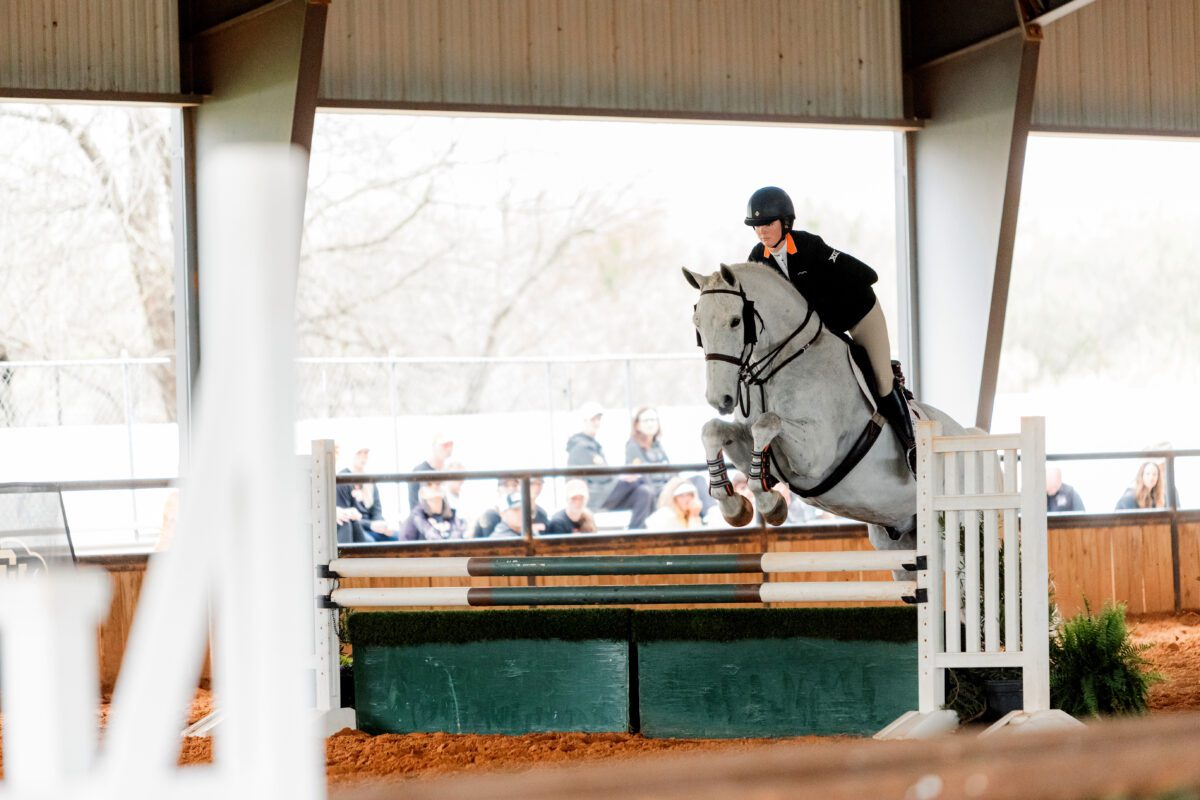
Not Their First Rodeo
Oklahomans love horses, and the state’s collegiate rodeo and equestrian teams are competitive at the conference and national levels.
The OSU Cowgirl Equestrian Team was founded by Larry Sanchez, who, during his 25 years in Stillwater, has led riders to dozens of Big 12 championships, individual titles and the 2022 overall national title. Students compete in Eastern and Western riding events sanctioned by the National Collegiate Equestrian Association, says Laura Brainard, associate head coach for the Division 1 equestrian team.
“We recruit the best riders in the country,” she says. “I’m incredibly blessed to be able to work every day with such a phenomenal team.”
The 50-woman group competes in about a dozen events during the school year, and in March will host the Big 12 championships, Brainard says.
Cody Hollingsworth is head coach of OSU’s rodeo team, which competes in the Central Plains Region in the nine men’s and women’s events available to college rodeo athletes.
“We’re very competitive,” Hollingsworth says, mentioning that OSU consistently wins regional championships and qualifies riders for the College National Finals Rodeo.
Both coaches say OSU’s programs are well-supported by the community. Members of the equestrian team train and compete on 60 horses, all of which were donated to the university.
Harrah native Mike Visnieski, a former professional bull rider, returned to his alma mater, Southwestern Oklahoma State University in Weatherford, and became head coach in 2011. He has coached men’s and women’s rodeo teams to national championships and reserve championships as teams and in such individual events as barrel racing, saddle bronc and bull riding.
Southeastern Oklahoma State University’s rodeo teams wrapped up a competitive season in June at the College National Finals Rodeo in Casper, Wyo., with the women finishing fifth and the men coming in at 13th.
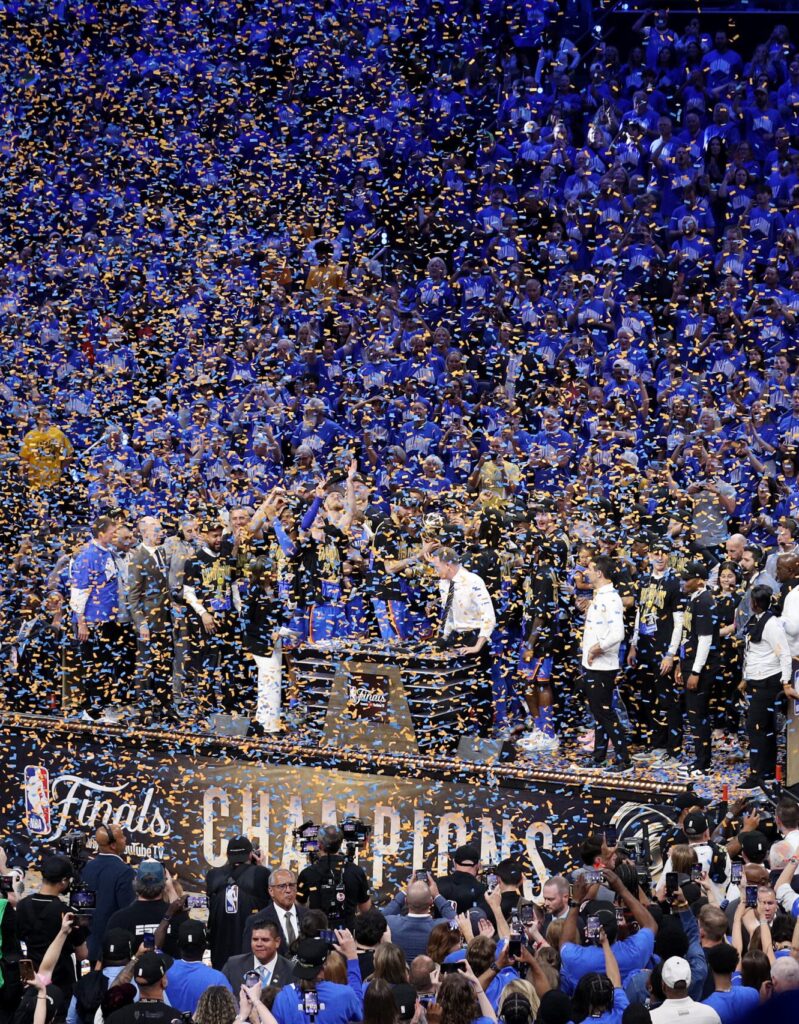
NBA Champs at Last: The OKC Thunder
The Oklahoma City Thunder’s NBA championship was a reflection of the team’s relationship with the community, executive vice president and general manager Sam Presti said during a June 30 press conference.
“It’s well-documented that when we arrived in 2008, we didn’t have a team name. We didn’t have a logo. We had no place to practice. But what we did have immediately was a connection to the community that we represent, and that is something that hasn’t changed since we arrived here,” Presti says.
In June, the Thunder won its first NBA title, beating the Indiana Pacers in Game 7 by a score of 103-91.
“The city itself and the state itself are the reasons why we exist,” Presti says. “The ultimate rebuilding job was done by the city leadership many, many years ago. They’re the people that allowed the city to recover from 1995 and the tragedy that occurred here, and put in place the vision for the city to be able to have an NBA team one day in the future.”
As for the players themselves, Presti says, “that team is built on deep relationships, an appreciation for differences and idiosyncrasies. All of our guys are very different people. They might not even be hanging out together if it weren’t for the fact that they play and have a common goal together.”
Thunder players who hail from Canada, Serbia, the West Coast, the East Coast, Middle America, France and Australia “all come together for a collective goal. There’s a cowboy toughness, a self-reliance that comes from being homegrown, and an essential sense of goodness,” Presti says.
Repeat NBA championships are rare, but the Thunder is an early favorite to break that streak in 2026.
Steve Aschburner, writing for NBA.com, says the Thunder “deserve to be the favorites next season. The youngest bunch to win the title since the Portland Trail Blazers in 1977 has everyone under contract for 2025-26, which is a great way to start. More than that, there is an earnestness to this team, a palpable focus on the group over the individual that lends itself to scaling the mountain again.”
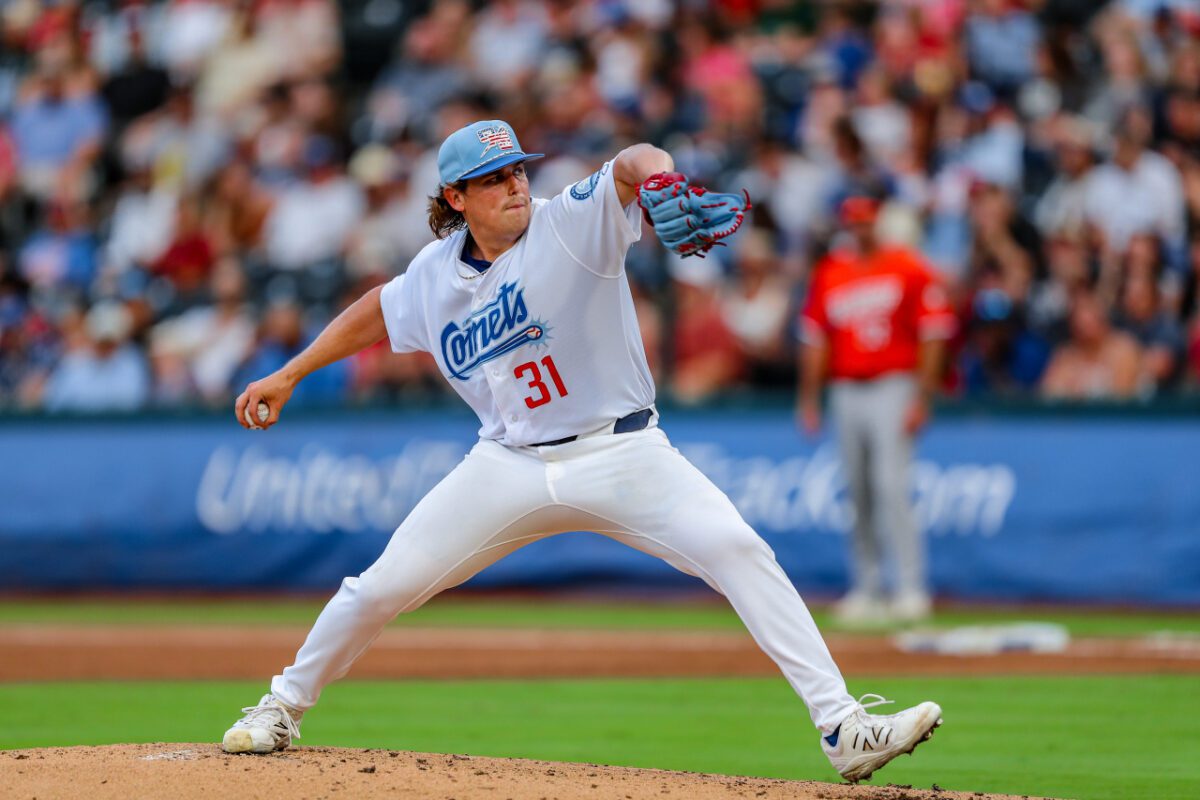
America’s Favorite Pastime
Oklahomans support professional baseball, says Alex Freedman, director of communications and broadcasting for the Oklahoma City Comets.
The city’s first team, the Mets, was established before statehood, and minor league baseball has had a continuous presence since 1962, when the current franchise was founded.
“Chickasaw Bricktown Ballpark was the first major project funded by the original MAPS,” Freedman says of the municipal capital improvement program that since the 1990s has been funded by a dedicated sales tax. “It showed people what could happen through MAPS. It led the way for other MAPS projects. The ballpark is now 27 years old – and it’s held up well.”
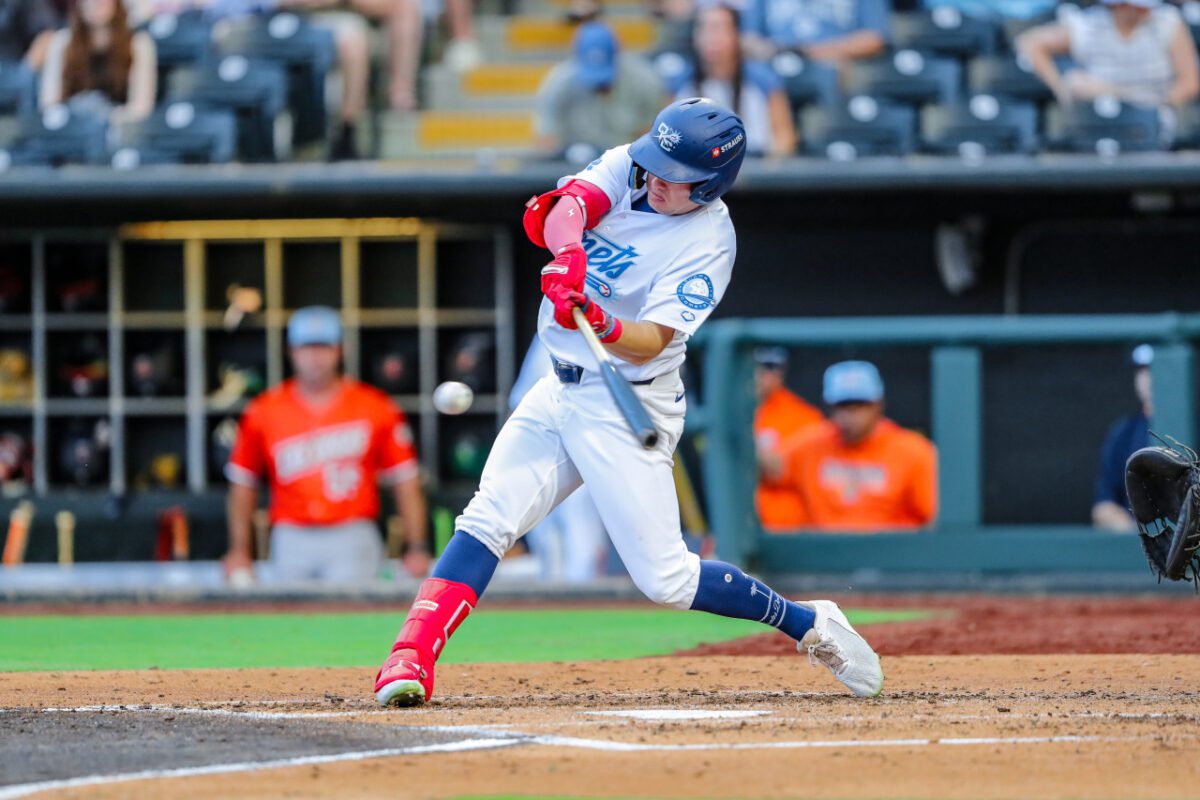
The Comets is a Triple-A affiliate of the Los Angeles Dodgers that plays 150 games a year from late March to late September, with 75 home games that draw an average attendance of nearly 6,000.
“The July 4 game was the largest in six years, with more than 10,000 people attending,” Freedman mentions.
The Pacific Coast League is the largest in the country geographically, Freedman says, “so there’s a lot of long travel involved in our league. And a lot of our players are constantly going back and forth between us and the LA Dodgers. It can be grueling.”
The 120 minor league teams are a great asset to fans in the cities where they are located, Freedman says.
“The price is lower, and there’s better access to get up close and personal with the players and coaches,” he says. “And at our level, Triple A, these are players that have either spent significant time in the major leagues or are going to.”
During the off-season, Freedman says, “the players train for the next season.” Many live in Arizona, near spring training facilities.
“It’s a full-time job,” he says. “They are always looking to get better, making sure they can hold up for the course of the next season.”
The Tulsa Drillers, founded in 1977, is a Double A affiliate of the LA Dodgers that plays at ONEOK Field. They belong to the Texas League and have been league champions four times since 1982.
A Different Kind of Sport
Esports offer the same lessons students can get from playing any traditional sport, says Pooyan Nikjou, esports and gaming coordinator for the University of Tulsa.
“It helps them with time management. It helps them work in group settings and team environments,” Nikjou says. “I tell parents, ‘This is going to give you all the life lessons and values you get from playing traditional sports.’”
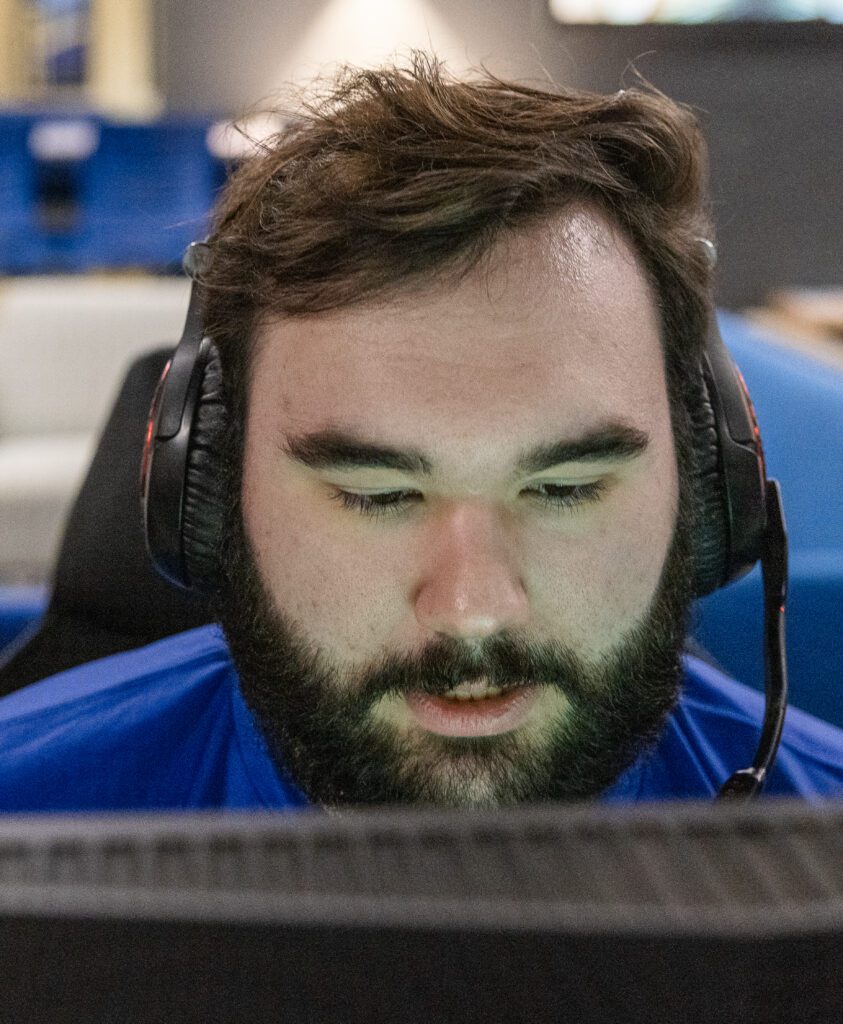
But, Nikjou added with a chuckle, “the risk of getting injured is extremely low.”
Ten years ago, esports could be a difficult sell to school administrators, says Holden Craig, head esports coach at Rogers State University. RSU was the first college in Oklahoma to adopt esports as a school-sponsored activity. Today, about a dozen of the state’s colleges and universities have esports teams, as do many high schools.
“I don’t have to pitch it anymore,” Craig says. “Administrators have embraced it. We are not just playing games, we are trying to build students with it. The school puts a lot of resources into it.”
Competitive video gaming can become a career, with the first player reaching a $1 million salary about six years ago, Nikjou says. But the chances are about the same as that of a college football player turning pro, he says. RSU offers scholarships and partial tuition waivers to its best players.
“We are a regional state school, so recruiting is big for us,” Craig says. “We can attract students with this.”
Some tournaments are in-person events, but most competitions are online, Nikjou says. Free livestreams are coordinated by his students at twitch.tv/utulsaesports. Students provide commentary during the matches.
About 60 students compete every year for TU, and 45 for RSU. TU’s program is under recreation and at RSU it’s in the student affairs budget. TU has a public esports lounge, open 12 hours a day during semesters.
About 90% of TU’s team members are majoring in the STEM field, with about half of those studying computer science or cybersecurity, Nikjou says. TU has a game design program, and RSU offers an esports emphasis under its business information technology degree.
Featured photo credit: Since OU football moved to the SEC, Bedlam match-ups with OSU are rare, “but we’re looking forward to renewing the series as soon as we can,” says OU’s associate AD Mike Houck. Photo by Joshua Gateley/OU Athletics




